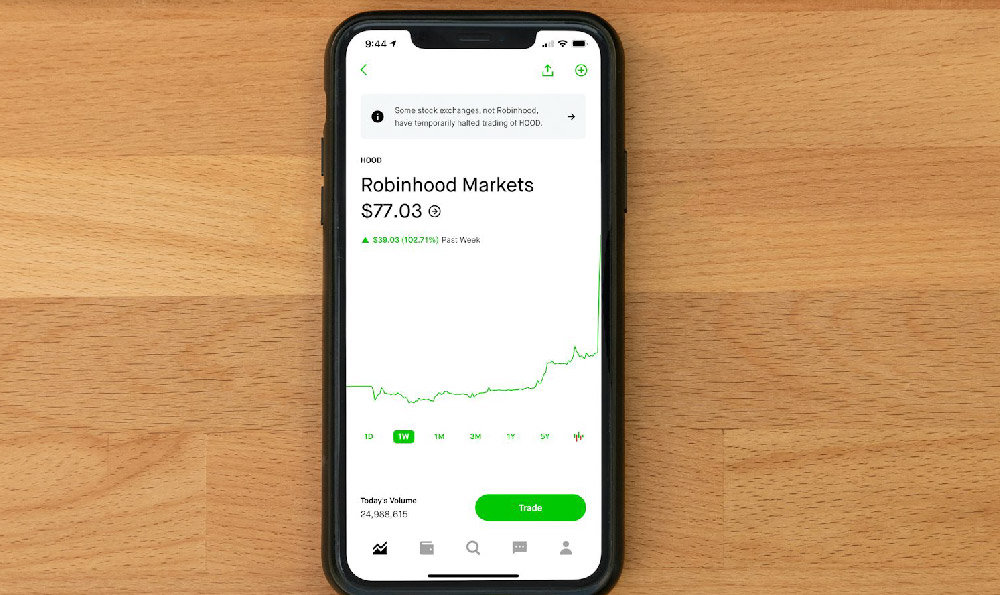Etsy, renowned as a vibrant marketplace for handcrafted and vintage goods, often conjures images of artisans diligently creating and selling their wares. However, a less explored avenue exists within the Etsy ecosystem: profiting without directly engaging in product sales. While seemingly counterintuitive, several strategies allow individuals to leverage Etsy's popularity and infrastructure to generate income without the traditional seller role. Understanding these alternative approaches requires a shift in perspective, recognizing Etsy not just as a retail platform, but as a community and a resource.
One compelling method lies in providing essential services to Etsy sellers. Many artisans, passionate about their craft, often struggle with the business aspects of running an online store. This presents an opportunity for individuals with expertise in areas like photography, marketing, and bookkeeping to offer their skills as freelancers. Product photography is particularly crucial on Etsy, where visual appeal significantly impacts sales. Sellers often seek professional photographers who can capture high-quality images that showcase their products in the best possible light. Similarly, marketing services, including social media management, search engine optimization (SEO), and Etsy ad campaign management, are in high demand. Artisans frequently lack the time or knowledge to effectively promote their products, making them receptive to assistance in boosting their visibility and driving traffic to their shops. Furthermore, bookkeeping and financial management are often overlooked aspects of running a small business. Offering these services to Etsy sellers can be a consistent source of income.
Another avenue involves creating and selling digital products that cater to the Etsy seller community. These products can range from Etsy shop templates and branding kits to social media templates and printable resources for organizing their businesses. For instance, a graphic designer could create a series of customizable Etsy shop banners and logos, targeting new sellers who need help establishing a professional brand identity. A social media strategist could develop a set of pre-designed social media templates that sellers can easily customize with their product images and descriptions. The key to success in this area is to identify the specific needs and pain points of Etsy sellers and create digital products that offer practical solutions. Conducting thorough market research and identifying gaps in existing offerings is paramount. Successful digital products provide tangible value and save sellers time and effort.

Affiliate marketing presents another viable option. While Etsy doesn't have a formal affiliate program in the traditional sense, you can still leverage affiliate marketing principles. This involves partnering with Etsy sellers whose products you genuinely admire and promoting their items through your own channels, such as a blog, social media, or email newsletter. You could reach an agreement with the seller to receive a commission on any sales generated through your referrals. This approach requires building a strong and engaged audience that trusts your recommendations. Honesty and transparency are crucial; always disclose your affiliate relationship to maintain credibility. Focus on promoting products that align with your audience's interests and offer real value.
Beyond direct service provision, consider creating educational resources for aspiring Etsy sellers. Many individuals are drawn to Etsy as a platform for selling their crafts, but they lack the knowledge and skills to succeed. You could create and sell online courses, ebooks, or workshops that teach them how to set up an Etsy shop, optimize their listings for search, market their products effectively, and manage their business finances. These resources can be sold on platforms outside of Etsy, directing interested learners to your own website or online learning platform. The advantage of this approach is that it allows you to build a brand as an expert in the Etsy space and attract a wider audience. Providing high-quality, actionable content is essential for establishing credibility and generating repeat business.
Furthermore, one can become a valuable resource by curating and compiling lists of Etsy shops specializing in specific niches. Imagine creating a blog or website dedicated to featuring unique vintage clothing finds on Etsy, or showcasing handcrafted jewelry from independent artisans. This curated content can attract a targeted audience of potential buyers, driving traffic directly to the featured Etsy shops. While you might not be directly selling products, you are providing a valuable service to both buyers and sellers, potentially earning revenue through advertising, sponsored posts, or referral fees. The key is to focus on a specific niche and build a reputation for being a reliable source of information and recommendations.
Finally, consider investing in promising Etsy shops. This requires a more significant initial investment and a deeper understanding of the Etsy marketplace, but it can potentially yield substantial returns. Identify shops with unique products, strong growth potential, and a dedicated customer base. Offer to invest in their business in exchange for a share of the profits or equity in the company. This can provide sellers with the capital they need to expand their production, improve their marketing efforts, or hire additional staff. It is crucial to conduct thorough due diligence before investing in any Etsy shop. This includes analyzing their sales data, reviewing their customer feedback, and assessing their overall business strategy.
In conclusion, while the traditional path to profitability on Etsy involves selling products, alternative strategies offer compelling opportunities for individuals with diverse skill sets. From providing essential services to creating digital products and curating valuable content, the Etsy ecosystem provides a fertile ground for entrepreneurial endeavors that don't necessarily require crafting or selling physical items. Success in these areas hinges on identifying the needs of the Etsy community, providing valuable solutions, and building a strong and trusted brand. By shifting the focus from direct sales to supporting and enhancing the Etsy experience, individuals can carve out a profitable niche within this dynamic marketplace.












